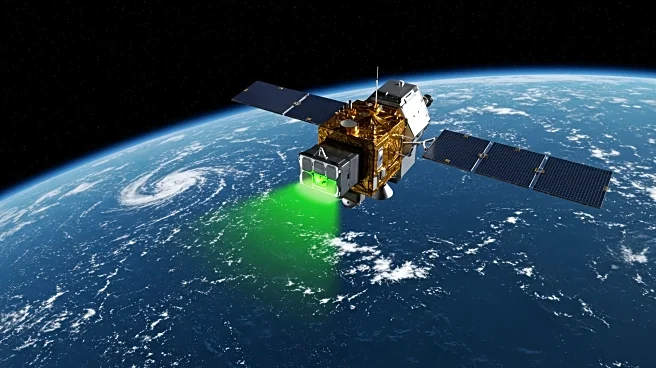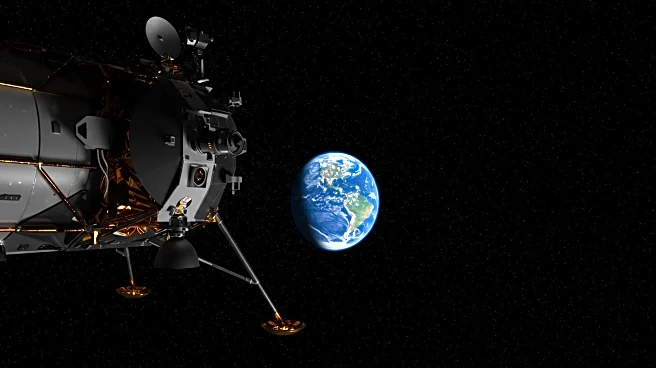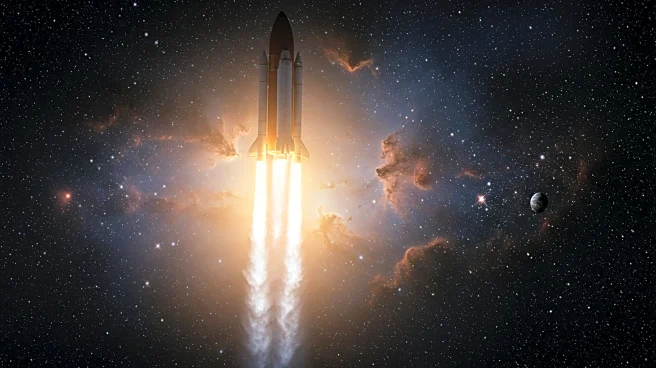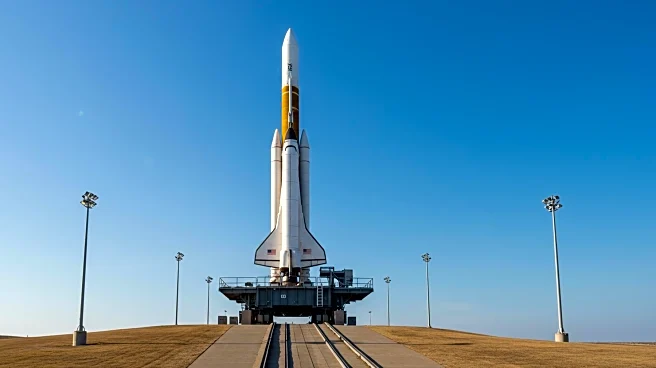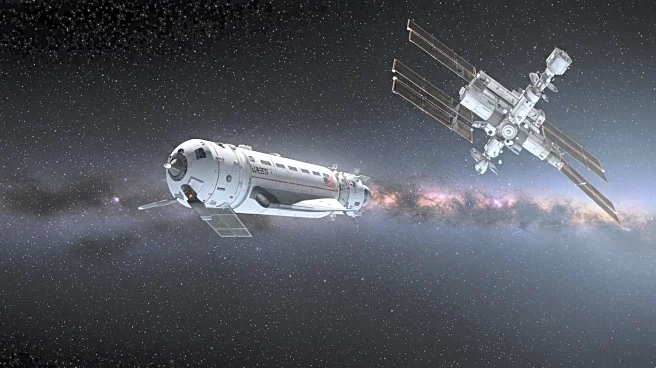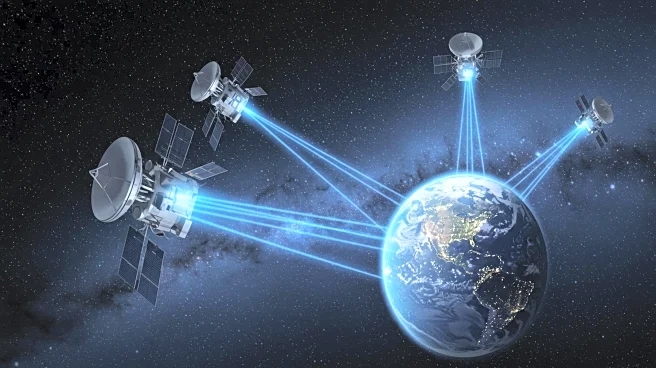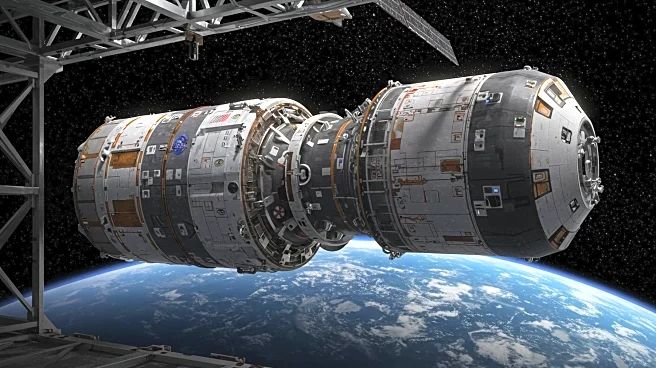What's Happening?
NASA's PACE (Plankton, Aerosol, Cloud, ocean Ecosystem) mission, launched in February 2024, is enhancing the study of Earth's oceans and atmosphere. The mission's Ocean Color Instrument (OCI) has been measuring chlorophyll-a concentrations in ocean surface waters, providing insights into phytoplankton biomass and ecosystem functions. Phytoplankton, essential for marine food webs and oxygen production, are being studied through satellite imagery, revealing complex marine environments. The OCI's data, including images of the southern Norwegian Sea, show swirling eddies and diverse phytoplankton communities, aiding researchers in understanding oceanic ecosystems.
Why It's Important?
The PACE mission's advancements in measuring chlorophyll-a concentrations are crucial for understanding marine ecosystems, which are vital for global fisheries, coastal recreation, and oxygen production. By providing a synoptic view of phytoplankton, the mission helps researchers track changes in ocean health and biodiversity. This data is essential for managing marine resources and addressing environmental challenges. The ability to distinguish different phytoplankton types enhances scientific knowledge, potentially influencing policy decisions related to ocean conservation and climate change mitigation.
What's Next?
PACE's ongoing data collection will continue to refine algorithms like MOANA, which identify phytoplankton groups, furthering research into marine biodiversity. The mission's extended record of chlorophyll measurements will support long-term studies on ocean health and climate change impacts. Researchers and policymakers may use this data to develop strategies for sustainable ocean management and conservation efforts. As new algorithms are developed, the mission will enhance understanding of phytoplankton dynamics, contributing to global environmental monitoring.
Beyond the Headlines
The PACE mission's ability to provide detailed ocean color measurements represents a significant leap in oceanographic research. By overcoming previous limitations in satellite data, the mission offers a clearer understanding of marine ecosystems, potentially influencing global environmental policies. The insights gained from PACE's data could lead to advancements in marine science, fostering international collaboration in ocean conservation and climate change adaptation strategies.
